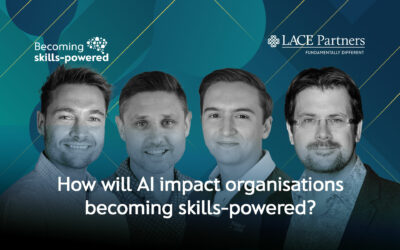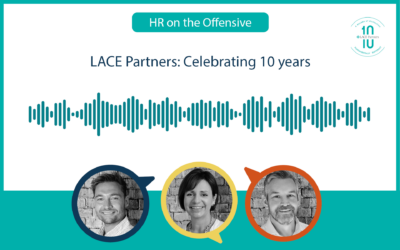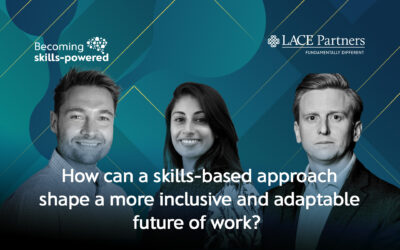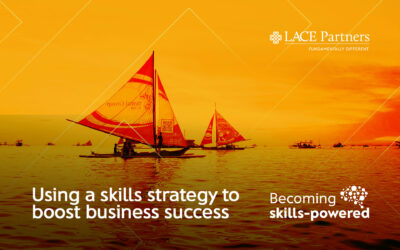Despite the best efforts of those involved, far too many projects still fail to deliver their promised benefits. Gartner still claim this to be over 70% of all projects.
There are 3 falsehoods emerging around new HR SaaS technologies. The most frequent gaps we see in business cases are:
- Transparent and accessible data will be easy to understand
- Enhanced UI and UX will mean no training is required
- Ongoing updates will be simple and don’t require support
Data Accessibility
Transparency of data and the ability for managers to self-serve insights, is a key selling point of the modern system. To assume all mangers can absorb trend data and people data to the same level and to assume that no training or ongoing support will be required, denies the complexity of people data and the variability of experience of managers. How will you make data understanding easy and not overloading?
Point and Click Training
Simplicity of the UX and UI experience and the ease by which HR systems can now mimic everyday apps like Facebook, has been one of the single most transformative aspects of modern HR. There is a view, that as a result of this simple UX people need no training to use the system. Whilst this is proving true for traditional “Point and Click” training, the transformational nature of these systems means there are always new behaviours, policies and ways of working which go alongside the technology.
These do require substantial training interventions if people are to utilise the technology to best support their roles in the business. How will you deliver ongoing policy and process training?
Upgrade Support
It is still surprising how many projects do not cater for or plan for the support required post go-live, beyond the 4-6 weeks of post go-live support. Modern systems provide the wonder of evolving functionality and regular upgrades keeping you at the forefront of technology without the cost of system replacement every 4-5 years. Theses updates require, analysis, application, testing, education and deployment. How will you budget for and support the deployment of these changes?
All these aspects of the modern implementation, if not addressed, lead to:
- A growing strain on support services, answering queries and helping guide people through the processes.
- Degradation of data over time as users fail to enter what you require as the minimum quality standard.
- Poor user engagement with the system as new users are not educated to the same level and become trained by word of mouth.
These factors will over time lead to higher support costs, falling data quality and lower than expected engagement from users.
What to consider
Simply put, don’t believe the hype. Sustainable business change and technology adoption requires interventions pre go-live, at go-live and most importantly post go-live.
Look to find a digital way to provide context sensitive and on-going point of need training to your managers and employees. New tools in the market include AppLearn’s ADOPT platform and Walkme.
Combine these with engaging and clear “Why” training to emphasise and drive the behavioural change you want.
Aaron Alburey, FCIPD, Member of the Guild of HR, CEO and Founder LACE Partners
Further reading
HR technology adoption – it’s not just ‘plug and play’
Digital Adoption Solutions – what you need to know ahead of time…






